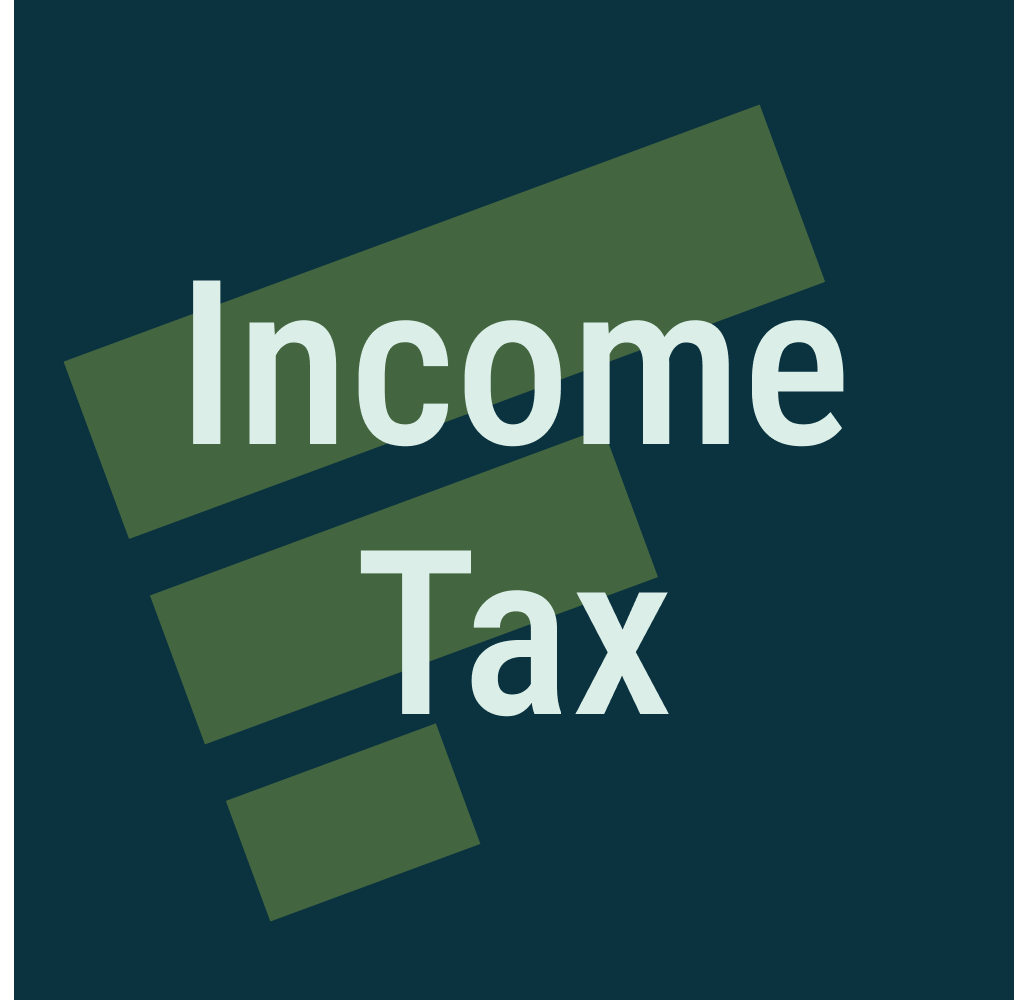Published on: 19 Aug 2024

In today’s world, the success or failure of any organization is largely dependent on the people working in that organization. Thus, to attract and retain the talent pool, upcoming startups and already established large conglomerates are in a race to find innovative ways to make the compensation packages offered by them more attractive and competitive. One of the elements of these competitive packages are Employee Benefit Programmes. Some employee benefit programmes offer share based payments to their employees to provide them with a shareholding interest in the company. The two most common and popular kinds of such programmes are ESOP i.e. Employee Stock Option Plan & ESPP i.e. Employee Stock Purchase Plan. Companies use these powerful retention tools to promote employee engagement, reduce the attrition rates and align the values of the employee to that of the companies to ensure long-term success.
Despite their similar names, ESOP and ESPP represent different strategies to grant shareholding interests to the employees. However, they both are powerful tools. These are used with the motive to create and build wealth for the employees. These kinds of employee benefit plans’ bridge the gap between employee and corporate success.
ESOP plan involves granting stock options to the employees allowing them to buy the equity shares of the company at prices lower than the market price of the share after a fixed period known as the vesting period.
ESOP also facilitates succession planning of the organisation. The difference between the market price and the grant price is taxed at the time of exercise. Long-term and short-term capital gains are also applicable at the time of sale.
ESPP is an employee benefit programme used by companies to provide stocks at discounted prices to employees by fixed payroll deductions (after-tax) for a fixed period. The funds accumulated between the offering date and purchase date are used to purchase the stock on behalf of the employee. These are generally used by listed companies. The discounted value of shares bought under ESPP is taxed as part of salary. At time of sale of EPSS shares, long-term and short-term capital gains tax are applicable subject to the holding period.
|
Basis of Difference |
ESOP plan |
ESPP plan |
|
Fund contribution |
Funds are generally contributed by the company i.e. the expense to provide the options is borne by the company (less often by external sources of lending or shareholders). |
Funds are voluntarily contributed by the employees through their payroll (after-tax wages) deductions. |
|
Vesting Period |
The vesting period is generally longer (1-5 years). |
The vesting period is generally shorter (1-2 years). |
|
Objective |
The primary motive for issuing ESOPs is to provide an ownership stake/ shareholding interest in the company. |
The primary motive of issuing ESPPs is to provide employees with immediate incentives. |
|
Rate of Return |
The rate of return is higher as the company grows and diversifies. |
Large firms generally have less volatile returns and hence, returns are generally low. |
|
Level of Risk |
ESOPs are usually issued by start-ups and hence, are more risky. (increased probability of start-up failure). |
ESPPs are generally issued by large and established firms and hence, less risky (low probability of firm failure). |
|
Issue price |
The shares are granted at deep discounted value as compared to market price which is near to face value. |
Shares are granted at price less than the market price of the shares which is generally a 10-20% discount. |
|
Cost and administration |
ESOPs are complicated to set up and involve more cost (cost in terms of discount provided and ESOP valuation expenses). |
ESPPs are comparatively less complicated and less costly to implement. |
|
Tax implications |
At the time of vesting, the difference between the market price and exercise price is taxed as ordinary income and when vested shares are sold, ESOP tax as long-term and short-term capital gains depending on the holding period. | The discounted value of shares is taxed as part of salary. Long-term and short-term capital gains tax are applicable subject to the holding period at the time of sale. |
The decision on the type of employee-benefit payment plan depends a lot on the perspective of the companies. Companies deploy these programs that offer advantages to them as well as the employees which means these programmes provide dual benefits. Some companies aim to provide shareholding interest while the motive of some others is to provide more incentives. Thus, the selection of the type of employee benefits program is directed by what the company aims to achieve and provide to its employees.

Top 12 Best Future Business Ideas That Will Boom in 2050
21 Nov, 2024

Step-by-Step Process for GeM Registration on GeM Portal
21 Nov, 2024

Difference Between Partnership and OPC
21 Nov, 2024

How to apply for Patanjali Franchisee?
21 Nov, 2024

Top 10 Best Healthcare Business Ideas That You Can Start
21 Nov, 2024
Share article via:
